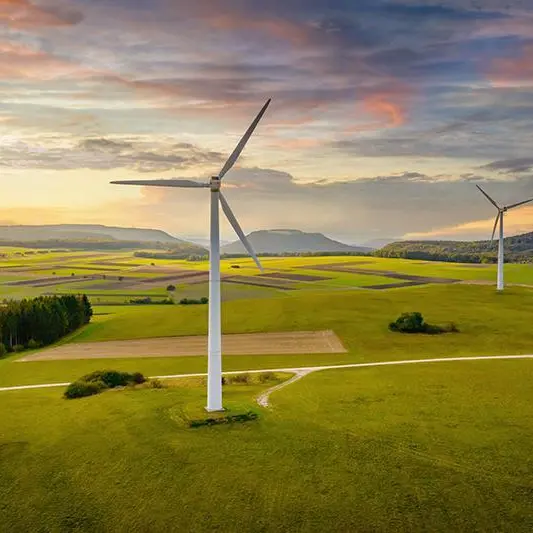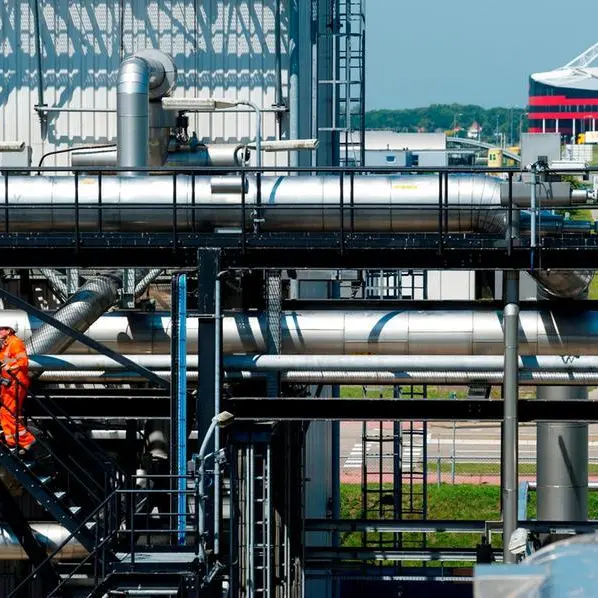PHOTO
GENEVA - New data from World Resources Institute's (WRI) Aqueduct Water Risk Atlas shows that 25 countries are currently exposed to extremely high water stress annually, meaning they use over 80 percent of their renewable water supply for irrigation, livestock, industry and domestic needs. Even a short-term drought puts these places in danger of running out of water and sometimes prompts governments to shut off the taps.
Meanwhile, global water demand is projected to increase by 20 to 25 percent by 2050, while the number of watersheds facing high year-to-year variability, or less predictable water supplies, is expected to increase by 19 percent.
Water stress is defined as the ratio of water withdrawal to available water resources.
The most water-stressed regions are the Middle East and North Africa, where 83 percent of the population is exposed to extremely high water stress, and South Asia, where 74 percent is exposed.
The study, published by the World Economic Forum (WEF) says living with this level of water stress jeopardises people’s lives, jobs, food and energy security. Water is central to growing crops and raising livestock, producing electricity, maintaining human health, fostering equitable societies and meeting the world’s climate goals. Without intervention — such as investment in water infrastructure and better water governance — water stress will continue to get worse, particularly in places with rapidly growing populations and economies.
Without better water management, population growth, economic development and climate change are poised to worsen water stress, the study warns.
By 2050, an additional 1 billion people are expected to live with extremely high water stress, even if the world limits global temperature rise to 1.3-2.4°C (2.3-4.3°F) by 2100, an optimistic scenario.
For the Middle East and North Africa, the projections of global water demand increase mean 100 percent of the population will live with extremely high water stress by 2050. That’s a problem not just for consumers and water-reliant industries, but for political stability. In Iran, for example, decades of poor water management and unsustainable water use for agriculture are already causing protests — tensions that will only intensify as water stress worsens.
The biggest change in water demand between now and 2050 will occur in Sub-Saharan Africa. While most countries in Sub-Saharan Africa are not extremely water-stressed right now, demand is growing faster there than any other region in the world. By 2050, water demand in Sub-Saharan Africa is expected to skyrocket by 163 percent — 4 times the rate of change compared to Latin America, the second-highest region, which is expected to see a 43 percent increase in water demand.
This increase in water use, mainly expected for irrigation and domestic water supply, could foster major economic growth in Africa — projected to be the fastest-growing economic region in the world. However, inefficient water use and unsustainable water management also threatens to lower the region’s GDP by 6 percent.
Increasing water stress threatens countries’ economic growth as well as the world’s food security.
According to data from Aqueduct, 31 percent of global GDP — a whopping $70 trillion — will be exposed to high water stress by 2050, up from $15 trillion (24 percent of global GDP) in 2010. Just four countries — India, Mexico, Egypt and Turkey — account for over half of the exposed GDP in 2050.
Global food security is also at risk. Already, 60 percent of the world’s irrigated agriculture faces extremely high water stress — particularly sugarcane, wheat, rice and maize. Yet to feed a projected 10 billion people by 2050, the world will need to produce 56 percent more food calories than it did in 2010 — all while dealing with increasing water stress as well as climate-driven disasters like droughts and floods.
In fact, WRI research shows that solving global water challenges is cheaper, costing the world about 1 percent of GDP, or 29 cents per person, per day from 2015 to 2030. What’s missing is the political will and financial backing to make these cost-effective solutions a reality.
A few key ways to improve water management and reduce water stress include:
- Countries can improve their water governance, incentivise water efficiency in agriculture, adopt integrated water resource management, and enhance water infrastructure through nature-based solutions and green infrastructure. Protecting and restoring wetlands, mangroves and forests can not only improve water quality and build resilience against droughts and floods, but also save money on water treatment costs.
- International development banks and other lenders should consider strategic debt relief programs, like debt-for-nature swaps, or debt relief in return for a commitment to invest in biodiversity or resilient infrastructure, such as mangrove restoration or wetland conservation. These nature-based solutions can achieve positive climate and water outcomes in countries unable to afford improved water management on their own.
- Policymakers in water-stressed countries should prioritise water-prudent energy sources like solar and wind to avoid power shutdowns caused by water shortages.
- Cities should develop urban water resilience action plans, learning from the group of six African cities already piloting such approaches. Treating and reusing wastewater could also create new water sources for cities.
- Farmers should use more efficient water measures, such as switching to water-efficient crops or using methods like sprinkler or drip irrigation versus flooding fields.
- Companies should set science-based water targets, which are in line with what the science says is “enough” to stay within Earth’s limits and meet society’s needs, learning from a growing number of businesses that have already set such targets.





















